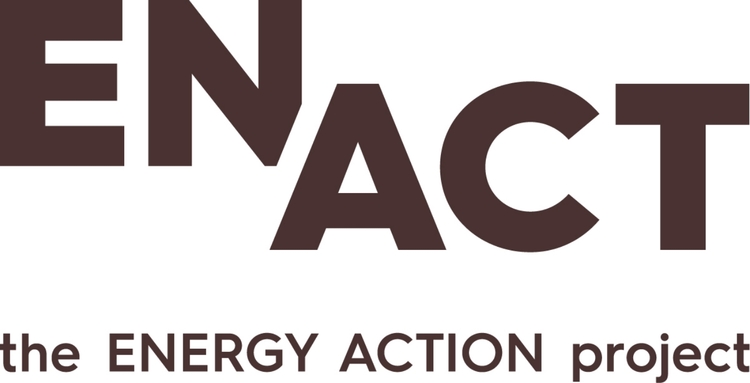Like much of the work in the area of fuel poverty, COLD@HOME has focuses on the challenge of trying to stay warm in temperate countries where the main contributing factors are cool temperatures, high energy prices and badly built or poorly insulated dwellings buildings.
But in hot countries, many people struggle to afford enough energy to keep their homes sufficiently cool, particularly in summer. The health impacts of being too hot can just as severe as those associated with being too cold. A recent extreme case was the heat wave in Europe in August 2003 in which temperatures soared to 40°C (the usual average being 23°C) for many days straight, with no relief from cooling at night. France was particularly hard hit, with 14 802 heat-related deaths occurring in less than one month[1] – many of them elderly people.[2]
Such excessive heat events are more common than one might realise. The US Centers for Disease Control and Prevention estimates that from 1979 to 2003, excessive heat exposure contributed to more than 8 000 premature deaths annually – more than from hurricanes, lightning, tornadoes, floods and earthquakes combined. 3
But for many people living in the hotter climates of the Equatorial and Southern Hemisphere regions, the mismatch of high outdoor temperatures and no ability to cool indoor space is an annual cycle that lasts for weeks or months on end. Substantially less information is available about how excessive heat affects fuel poor homes, but some striking differences are clear.
In Australia, where summer temperatures frequently exceed 40°C and heat waves are common, the risks of excess heat to fuel poor families have been the focus of attention both by government and private initiatives. Some of the European countries hardest hit by high levels of fuel poverty in winter get little relief in summer. In Spain, Italy and Portugal, for example, the same problem of poor insulation drives up the cost of running indoor cooling systems (which many households simply don’t have).
The risks of excess heat tend to occur in urban areas, where man-made structures topology create what is known as ‘heat islands’. In a city of 1 million or more, the annual average daytime temperature can be 1°C to 3°C higher than surrounding rural areas. But nights are more problematic as the 'concrete jungles' don't cool down: the temperature difference can be as high as12°C.
Ventilation and air conditioning systems become extremely important in hot conditions, but are big energy users; when operated in an energy inefficient home, they can quickly become a major burden on energy budgets either pushing people into, or exacerbating fuel poverty conditions.
In recent years, the problem of fuel poverty in cold regions in the Northern Hemisphere has gotten much more attention, and homes are now being designed to do a much better job of keeping cold and damp out – thus reducing the severity and impacts of fuel poverty. Given the increased threat of extreme weather events associated with climate change, the risks of fuel poverty linked to high temperatures warrants increased attention. A positive gain is that many of the housing design measures that keep heat in during winter, such as building positioning and depth of eaves for natural shading, also help keep heat out when outdoor temperatures climb.
But that's not to suggest that heat-related fuel poverty is unique to modern life in urban areas. Millions of people in hot climates still live in quite primitive housing, which may have traditional methods to promote ventilation and optimise shading. Many societies in this situation have lifestyles and daily routines that reflect the reality that some hours of every day are simply too hot to be productive. As electricity access is improved in such areas, a key complementary need will be high-efficiency cooling devices such as fans or small-scale air conditioning units.
[1] During the same heat wave, there were approximately 2,139 excess deaths in England and Wales, mostly due to circulatory diseases. (Marmot Review)
[2] Vandentorren, S et al, (2012) ‘The impact of heat islands on mortality in Paris during the August 2003 heatwave’, Environmental Health Perspectives, Vol. 120 No. 2.
